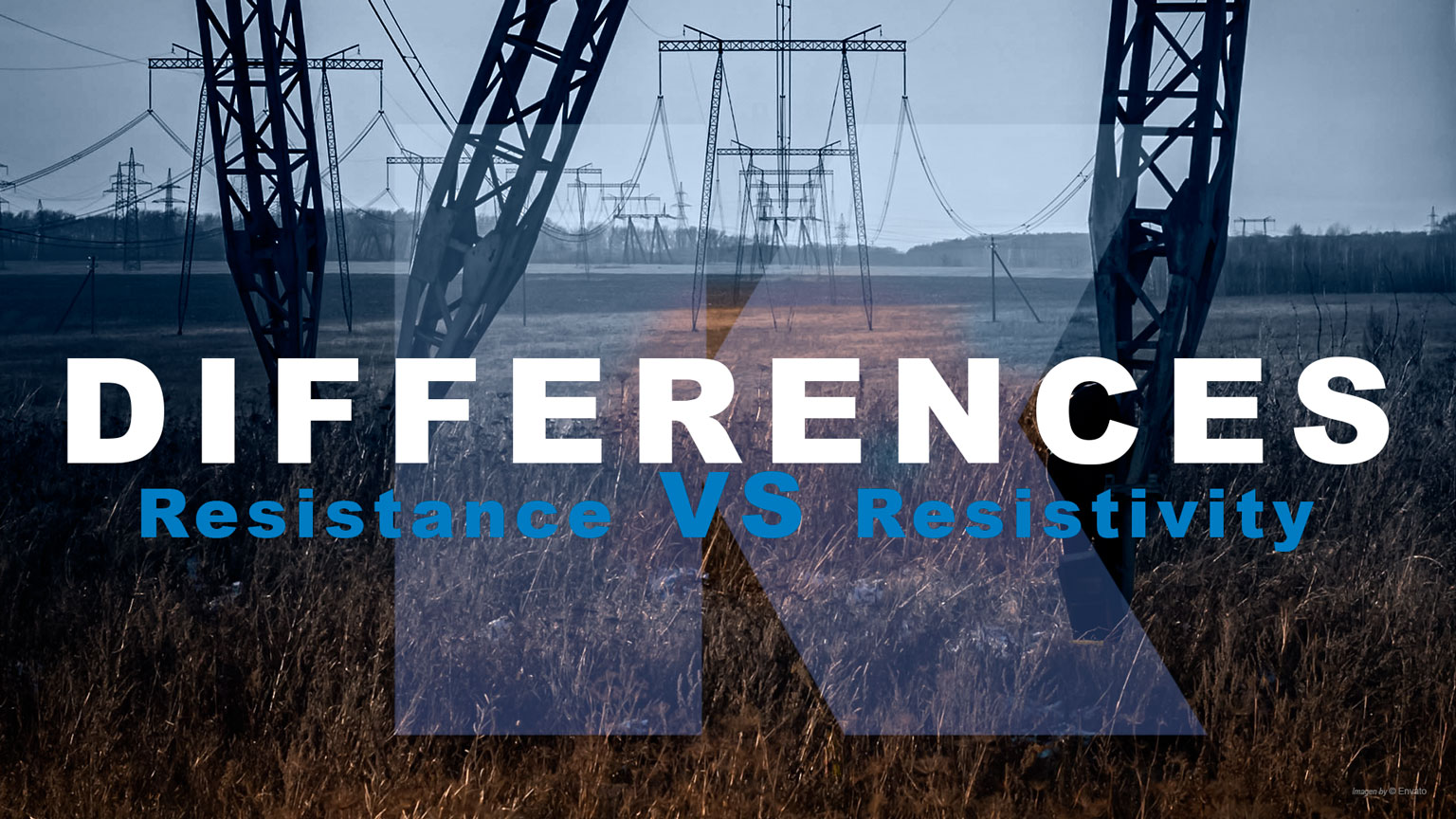Differences Between Ground Resistance and Soil Resistivity
Ground Resistance vs. Soil Resistivity
Keys to Effective Grounding.
Is it Dificult for you to understand the Differences Resistance and Resistivity? Know it is essential for ensuring safety and efficiency in any electrical installation. These two key concepts, though often confused, play distinct roles in the effectiveness of a grounding system.
At KLK Electro Materiales, with over 50 years of experience in designing grounding solutions, we aim to help you grasp these terms and how they impact the safety of your installations.
“Understanding the difference between ground resistance and soil resistivity is crucial for electrical safety.”
Marcos Barajas, Business Development Manager, Mexico | KLK Electro Materiales

Technician Measuring On-Site | KLK Electro materials
Explore more about grounding in our complete product catalog and enhance the safety of your installations.
What is Ground Resistance?
Ground resistance measures how difficult it is for electrical current to dissipate into the earth through a grounding system. This value, expressed in ohms, is vital in any electrical installation, as it determines the grounding system’s ability to redirect and dissipate fault currents into the ground safely.
Adequate ground resistance is critical for the protection of both people and equipment. If the resistance is too high, it could prevent the proper dispersion of the current, increasing the risk of electrical shocks, equipment damage, or even fires.
Maintaining ground resistance within the limits of applicable standards ensures that the electrical protection system will function correctly to safeguard people and equipment.
Importance in Electrical Installations Differences Resistance and Resistivity
Ground resistance should be as low as possible to ensure quick and efficient current dissipation in the event of a short circuit or insulation failure. High resistance can compromise system safety, increasing the risk of electrical shocks or equipment damage.
“At KLK Electro Materiales, we offer a variety of products designed to ensure low ground resistance, including ground rods, galvanic protection electrodes, disconnectors, grounding enhancement materials, and exothermic welding equipment—all engineered to keep your grounding system in optimal condition.”
Rene Abad, Commercial Director | KLK Electro Materiales
Our products comply with the strictest standards, ensuring that your installation is safe and reliable. Explore our range of Grounding Connections Here

Example of a Perfect KLK Weld Connection Ensuring Low Resistance | KLK Electro materials
What is Soil Resistivity?
Soil resistivity is the inherent property of the soil that determines how resistant it is to electrical current. This value, expressed in ohm-meters (Ω·m), reflects the soil’s capacity to oppose the flow of electrical current through it.
Resistivity depends on natural factors such as soil composition, moisture, temperature, and the presence of minerals and salts. Unlike ground resistance, which is directly related to the design and components of the grounding system, resistivity is an intrinsic characteristic of the soil itself, independent of any technical intervention.
Understanding and correctly measuring soil resistivity is essential for designing an effective grounding system, as it directly influences the type and placement of electrodes used—an important factor in both effectiveness and cost.
For example, soils with high resistivity, such as rocky or dry soils, present greater challenges in achieving low ground resistance, making precise analysis essential to ensure the safety and performance of electrical installations.
Factors Affecting Resistivity:
Soil resistivity varies based on soil type, composition, moisture, temperature, and other factors. For instance, clay soils typically have low resistivity, while rocky soils exhibit higher resistivity.
Importance of Correctly Measuring Resistivity:
Accurately measuring soil resistivity is crucial for designing an efficient grounding system. In the U.S., standards like the National Electrical Code (NEC) specify the need for precise resistivity analysis to ensure the effectiveness of the grounding system.
Learn to accurately measure soil resistivity in our specialized training courses for installers and professionals in the field.

Overvoltage Caused by a Lightning Strike | KLK Electro materials
The Relationship Between Ground Resistance and Soil Resistivity
Resistance Vs Resistivity.
Although these are distinct concepts, soil resistivity directly influences ground resistance. For instance, in high-resistivity soil, more electrodes or a special grounding system design may be necessary to achieve adequate resistance levels.
Practical Examples:
In a project with high-resistivity soil, such as arid or rocky areas, it may be necessary to install multiple interconnected ground rods to reduce ground resistance to safe levels. This type of design ensures effective current dispersion, protecting both people and equipment.
Compliance with standards is essential to ensure the effectiveness and safety of any electrical installation. The National Electrical Code (NEC) and other relevant standards provide the necessary guidelines for the correct installation of grounding systems.

Visual Illustration of Earth’s Layer Composition | KLK Electro materials
Recommended Measurement Equipment
Top Measurement.
“Using certified measurement equipment that complies with international manufacturing standards ensures that the data obtained is valid and that the system will not fail.”
Fernando Rodriguez, Technical Manager in Power Resistances | KLK Electro Materiales
Equipos de Medición:
In the market, there are various options for selecting measurement equipment that meets international manufacturing standards. At KLK, we recommend using specific earth resistance testers (telurómetros) for these measurements. Below, we present some examples from expert brands in the manufacture of measurement equipment.
The Importance of Ground Resistance vs. Soil Resistivity
In any electrical installation, grounding is not just an additional component; it is a fundamental safety measure that protects both people and equipment. Understanding the difference between ground resistance and soil resistivity is essential for designing an effective and safe grounding system.
While ground resistance measures the system’s effectiveness, soil resistivity informs us about the characteristics of the soil where the system will be implemented.
At KLK Electro Materiales, we are committed to providing products of the highest quality and offering the necessary support to ensure that every installation meets the highest standards of safety and efficiency. If you need more information, personalized advice, or wish to delve deeper into any technical aspect, do not hesitate to contact us. Our team of experts is available to help you make the best decisions for your electrical projects.
Do you need further assistance or would you like our customer service team to advise you on your questions? Contact us here.
KLK Electro materiales slu
Mail | Web | Teléfono | Chatbot | Social Media
Needs Helps?




